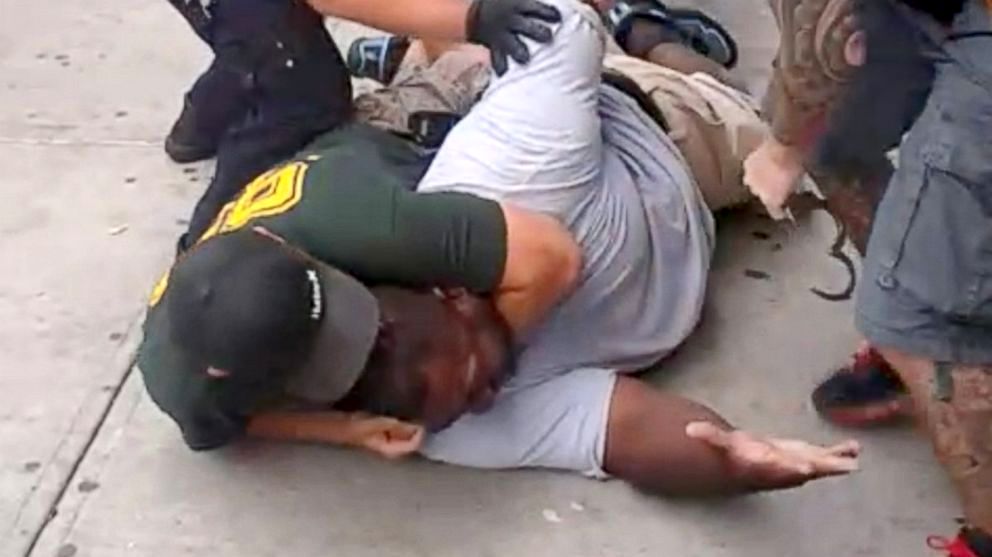Update: Here is a more recent version of this analysis, with a lot more data.
I’ve been getting this question a lot since my article in The Freeman about officer fatalities was published. I’m hesitant to write about it because there are so many ways to misinterpret this kind of information that it might do more harm than good. Nonetheless, I trust people think critically about it and recognize what the numbers can and cannot tell us.
It’s actually not an simple question to answer. No central authority requires police departments to keep track of how many people their officers shoot, injure, or kill, but the FBI’s Uniform Crime Reports does keep track of how many homicides were reported by law enforcement that they deemed to be justifiable killings, including those by police.
As defined by the FBI, “justifiable homicide” by police means “the killing of a felon by a peace officer in the line of duty.” The unspoken question here is how many unjustifiable killings were committed by police? There is no category for that, and indeed, since the police departments themselves determine what is justifiable, there’s plenty of room for doubt that all “justified” killings reported by police are really that.
Still, this record is the best data there is and probably tracks the true figure pretty well. In 2012, the last year for which we have finalized numbers, police officers in the United States committed 410 declared-justifiable homicides.
Over the past 15 years, the trend is upward, but erratic. It’s not obvious that such killings are dramatically more common than they used to be. It may just be that in the digital age, we are much more aware of them.
Update #1: The charmingly titled blog “numbskulduggery” has a very good post on this subject. It notes that there are two different national tracking systems for killings by police — the Bureau of Justice Statistics’ Deaths in Custody Reporting Program (DCRP) and the FBI’s Supplementary Homicide Reports (SHR).
SHR records only justifiable homicides by police (not unjustifiable ones, as already mentioned), whereas the DCRP keeps track of all deaths, including all homicides, both justified and unjustified. However, BJS doesn’t doesn’t differentiate between justifiable and unjustifiable killings. But if you subtract the SHR’s justifiable homicides from DCRP’s total, you’d presumably find the number of unjustifiable killings.
A BJS report attempted to do just that and concluded, “In the aggregate, the two programs collected very similar counts between 2003 and 2005. A total of 1,095 law enforcement homicides were reported to DCRP, and 1,082 justifiable homicides by police were reported to SHR.”
You might that this means that this means that 13 unjustifiable homicides were committed by police from ’03-’05, but it’s not so simple. As NSD points out:
The report doesn’t actually say, but one feels invited to conclude, that since the numbers are very close the vast majority of homicides by police are justified. Unfortunately, a glance at the table of state by state counts reveals the aggregate number to be meaningless. California reported 160 homicides by law enforcement to DCRP while reporting 354 to SHR, implying that in California there were 194 more justified police shootings than there were total police shootings. Maryland participated only in the SHR reporting while Florida participated only in the DCRP reporting, and yet both of their numbers are included in the aggregate comparison anyway.
I concur with his conclusion:
There is no simple way of answering my question despite two government reporting programs and an auspiciously titled report. It really is difficult to imagine setting out to study the question of deaths while in police custody and not thinking that it would be worthwhile, as long as you were at it, to figure out whether officer involved shootings are typically justified. Moreover, I would think that the thing to do with meaningless aggregate data, if you must mention it in the text, is to emphasize how meaningless it is rather than encouraging the reader to draw unwarranted conclusions.
Update #2: Elizabeth Nolan Brown calls attention to a number of mentally ill individuals killed so far by police in 2014.


